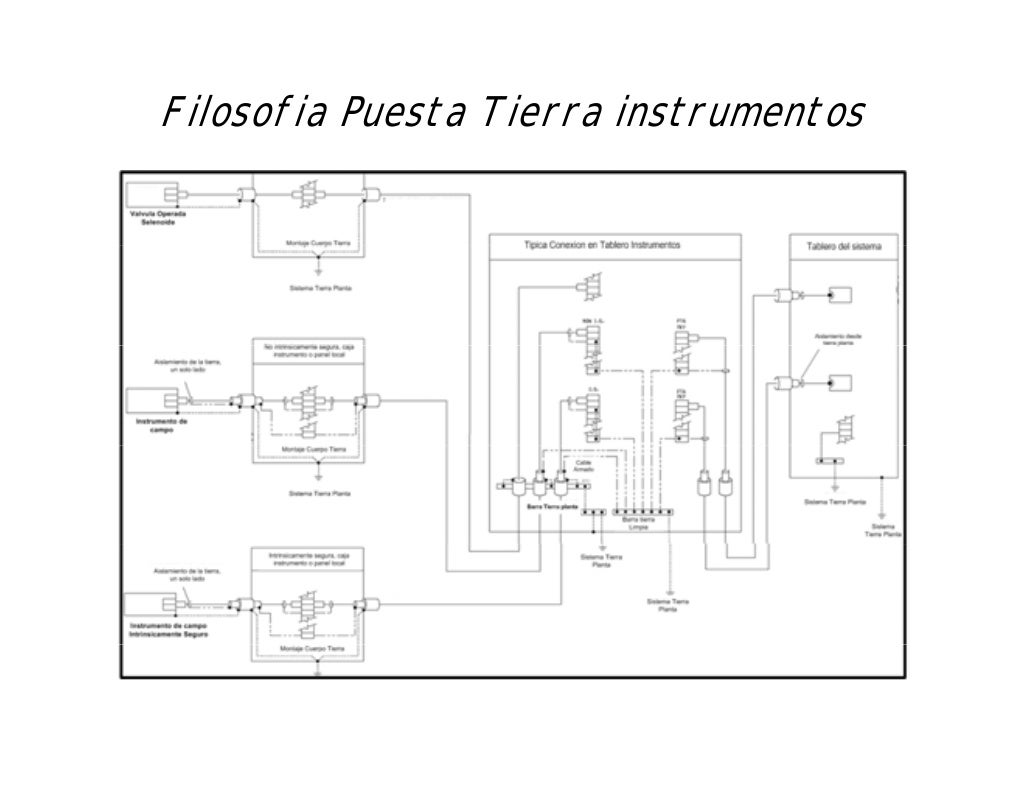Nec 250.66
The NEC 250.66 is an important aspect of electrical systems that should not be overlooked. With proper grounding electrodes, you can have a more efficient and reliable electrical setup.
The Pain Points of NEC 250.66
Without proper grounding, electrical systems can suffer from power surges, interference, and even electrocution hazards. This is why it's imperative to understand NEC 250.66 and its importance to electrical safety.
The Target of NEC 250.66
NEC 250.66 targets the requirements for grounding electrode conductors for alternating-current systems. This includes buildings, electric service equipment, and even generators.
Main Points about NEC 250.66
Understanding NEC 250.66 is crucial for proper electrical safety and system efficiency. This includes knowing the specific requirements for grounding electrode conductors, such as size, material, and placement. Additionally, it's important to be aware of related NEC codes, such as 250.52, 250.53, and more.
My Experience with NEC 250.66
I once worked on a project where the electrical setup wasn't properly grounded, causing frequent power surges and equipment damage. After consulting the NEC guidelines, we were able to install proper grounding electrodes and fix the issue. Through that experience, I learned the importance of following NEC codes for electrical safety and efficiency.
Why NEC 250.66 Matters for Generators
Generators are an essential backup power source for various situations, but without proper grounding, they can pose serious safety hazards. NEC 250.66 provides specific guidelines on how to ground a portable generator, including using grounding rods and proper conductor size.

Understanding the Specifics of NEC 250.66
NEC 250.66 outlines specific requirements for grounding electrode conductors, including the need for an electrode conductor encased in concrete at least 2 inches thick. It also specifies the need for multiple grounding electrodes in some cases, such as those involving lightning protection.
Using NEC 250.66 for Residential and Commercial Buildings
NEC 250.66 is applicable to both residential and commercial buildings, providing guidelines on the minimum size and placement of grounding electrodes. It's important to follow these guidelines to ensure proper electrical safety and prevent injury or damage to equipment.
FAQs About NEC 250.66
Q: What is the purpose of NEC 250.66?
A: NEC 250.66 outlines specific requirements for grounding electrode conductors for alternating-current systems, providing guidelines for electrical safety and system efficiency.
Q: What are the consequences of not properly grounding electrical systems?
A: Without proper grounding, electrical systems can suffer from power surges, interference, and even electrocution hazards.
Q: Are there specific requirements for grounding portable generators?
A: Yes, NEC 250.66 provides specific guidelines for properly grounding portable generators, including the use of grounding rods and proper conductor size.
Q: Is NEC 250.66 applicable to both residential and commercial buildings?
A: Yes, NEC 250.66 provides guidelines on the minimum size and placement of grounding electrodes for both residential and commercial buildings.
Conclusion of NEC 250.66
Proper grounding is crucial for electrical safety and system efficiency. Following NEC 250.66 provides specific guidelines to ensure proper grounding electrode conductors for alternating-current systems, including buildings and generators. By understanding and following these guidelines, you can have a more reliable and safe electrical setup.
Gallery
2017 NEC 250.52, 250.53, 250.66 - Sizing GEC | Mike Holt's Forum
![]()
Photo Credit by: bing.com / sizing gec nec
A & E Service Maintenance Co., Inc. EC0001327 - Electrical Contractors
Photo Credit by: bing.com /
Spt Nec 250

Photo Credit by: bing.com / nec spt
How To Ground A Portable Generator - Needs, Requirements And Process

Photo Credit by: bing.com /
Table 250.66 Grounding Electrode Conductor For Alternating-Current Systems.

Photo Credit by: bing.com /
0 Response to "Nec 250.66"
Posting Komentar